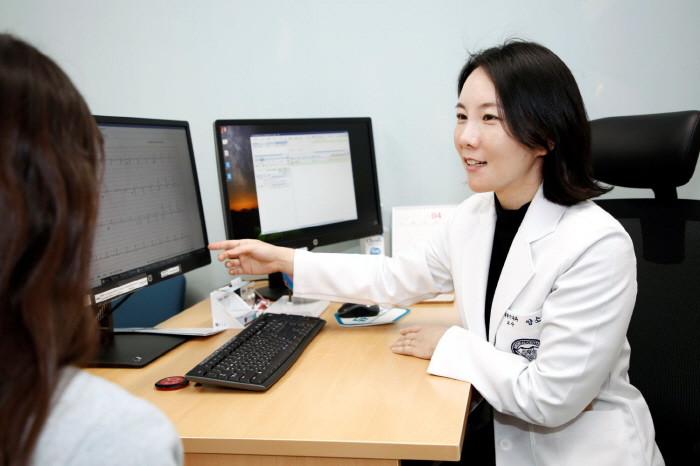I thought it was round and round and anemic when I stood up...
Apr 21, 2025
|
◇ Occurs as autonomic nervous system abnormalities occur due to posture changes
Positional orthostatic tachycardia syndrome is an autonomic nervous system disorder that causes various symptoms when the heart rate increases abnormally when standing up. In general, the autonomic nervous system controls blood from flocking to the legs when sitting or lying down and getting up, but patients with postural orthostatic tachycardia syndrome do not have this function smoothly, resulting in symptoms. Professor Yang So-young said "The most distinctive sign is that when you lie down and stand up, your heartbeat is faster than when you are lying down by more than 30 times per minute. These changes appear within 10 minutes of waking up, and symptoms such as dizziness, pre-fainting feeling, fatigue, decreased concentration, and cardiac hyperactivity can be experienced."
◇Especially common among young women
It is mainly in the late teens to 40s, and is known to occur more in women than in men, and the incidence rate is reported to be approximately 0.1 to 0.2%. The cause of occurrence may be associated with poor condition, recent viral infection, autonomic neuropathy, and chronic fatigue syndrome. In particular, the risk of developing an autoimmune disease increases during the recovery period after viral infection, after surgery or trauma. Recently, similar symptoms have been reported in some of the patients with sequelae that occurred after COVID-19 infection.
◇ Diagnosed by a bronchoscopy...There is no clear treatment, so lifestyle needs to be improved
It is difficult to be diagnosed because the cause is unclear and it is an intractable syndrome. Diagnosis is made through a 'Tilttable test'. This is a test that measures heart rate and blood pressure changes by changing the patient from lying down to a standing position. Listening to a medical history is also an important tool for diagnosis. Listen to when the symptoms began, whether they suddenly or gradually occurred, and whether there were any related findings such as infection or surgery at the time of symptom onset. In addition, accurate diagnosis is possible through autonomic nerve function tests, blood tests, echocardiography, and halter tests.
There is no clear treatment so far, but symptoms can be controlled through lifestyle improvements and drug treatment. Typical management methods include ▲increased moisture intake ▲increased sodium intake ▲eating habits often in small amounts ▲ aerobic exercise (swimming, recliner bicycle, etc.) ▲ wearing compression stockings for vasoconstriction. If the symptoms are severe, medication may be considered. Beta blockers, vasoconstrictors, and blood volume preservation agents can be prescribed at the discretion of a specialist, and long-term observation and management are important.
Professor Yang So-young said, "Postural orthostatic tachycardia syndrome is not life-threatening, but it is a chronic disease that can significantly reduce the quality of daily life, and patient awareness and constant management are essential.". "It is important to seek professional counseling early, especially if symptoms such as fatigue, decreased concentration, and palpitations are repeated in young female patients."
|
This article was translated by Naver AI translator.















